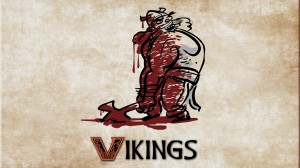
4 TED-Ed Lessons to watch on Constitution Day

On September 17, 1787, thirty-nine men emerged from the last meeting of the Constitutional Convention, having signed the US Constitution — a document that had been debated behind closed doors in the sweltering heat, shrouded by secrecy. On the 227th anniversary of that day, check out these 4 TED-Ed Lessons that investigate the history and content of this iconic document.
First thing’s first — how did a meeting intended to revise the Articles of Confederation lead to the new Constitution for the United States? Discover how a handful of men changed the course of history for America in 1787.
What was the actual content of this document? Well, Articles I-III of the United States Constitution allow for three separate branches of government (legislative, executive, and judicial), along with a system of checks and balances should any branch get too powerful. Belinda Stutzman breaks down each branch and its constitutionally-entitled powers.
Let’s take a further look into the executive branch. When the founders of the United States gathered to create the foundations of the country, they decided on the three branches of government, with a president central to the executive branch. Kenneth C. Davis explains why this decision was not necessarily inevitable and what variables were up for debate.
The most widely discussed and debated part of the Constitution is its first ten amendments, also known as the Bill of Rights. Belinda Stutzman provides a refresher course on exactly what these amendments grant each and every American citizen.



